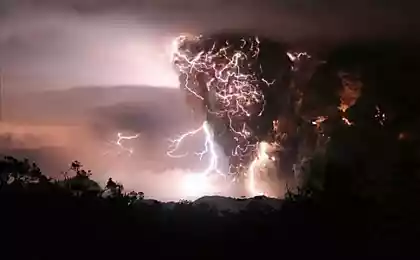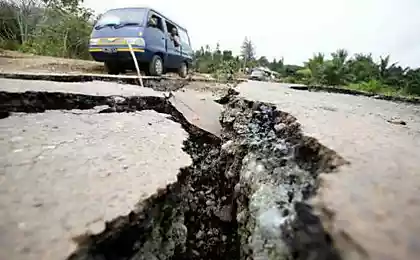516
On the operational orbit microsatellite launched "Chibis-M", designed to study the effects of storm

On the operational orbit microsatellite launched "Chibis-M", the first small unit, based at a special platform "Chibis", developed in the framework of the academic program "Creating and using microsatellite platform RAS for fundamental and applied space research».
Estimated Lifetime satellite - one year, but he will be able to work longer - up to five years, unless there is a strong solar storms, experts say.
"Chibis-M" is intended primarily for the study of thunderstorms in the atmosphere.
For the first time on a satellite complex set of instruments, "overlapping" ranges from gamma to radio. Thus, the researchers want to "see" the largest possible number of processes that occur during lightning. One-third of the weight of the satellite took on complex scientific apparatus "The Storm».
As we know, the earth storm, despite the high frequency of symptoms - the phenomenon has not been fully studied. One of the last big surprise for the researchers was the fact that, during lightning discharges occur gamma-ray bursts, called "atmospheric gamma-ray burst." Their position on the map of the earth is in good agreement with those areas where thunderstorms occur most often.
Trying to explain gamma-ray bursts has led physicists to the theory of the so-called "runaway breakdown". Its essence is that if the system make a significant electric field, the collision would not be able to stop the electrons, which will freely accelerate. Hitting the molecules of the medium, they will release an avalanche other high-energy electrons. So there is a breakdown. Microsatellite "Chibis-M" was created specifically to test this theory.
In the case of thunderstorms, according to the theory, the required electric field created by electrical charges in the clouds, and then accelerated particles leave the atmosphere, giving rise to gamma radiation. Direction "down" to the earth, it absorbs the atmosphere, but in the direction of "up" into space, it runs freely and may be registered devices installed on the spacecraft.
The complex "Thunderstorm" is unique as it includes detectors, X-ray, gamma-ray, ultraviolet and radio (30-50 MHz) generated by the lightning discharge, at an altitude of 13-20 kilometers. The structure is part of the scientific equipment and apparatus for the study of plasma oscillations. To see whether these are accompanied by light flashes of lightning, "The Storm" is equipped with a digital camera in the optical range and a detector of electromagnetic radiation analyzers (0 1-40000 Hz).
Source: www.ria.ru
Innovation Center "Skolkovo" social networks VKontakte, Twitter, facebook and Google +
Site Facility: www.sk.ru
via factroom.ru
Russian izhenerov developed a new technology for producing electricity
10 facts about the "big brother"























